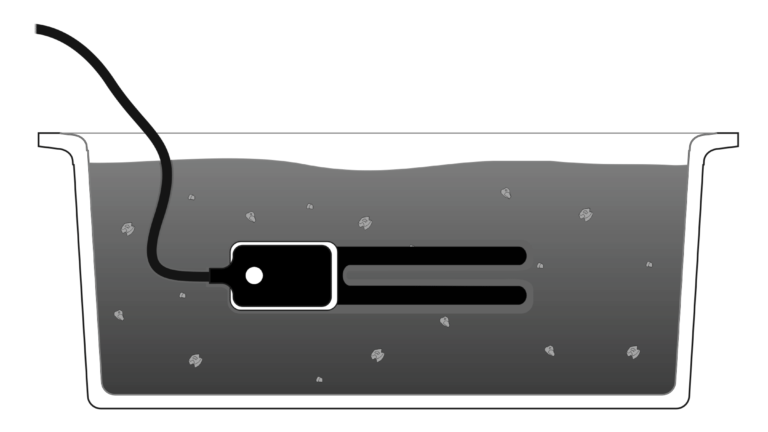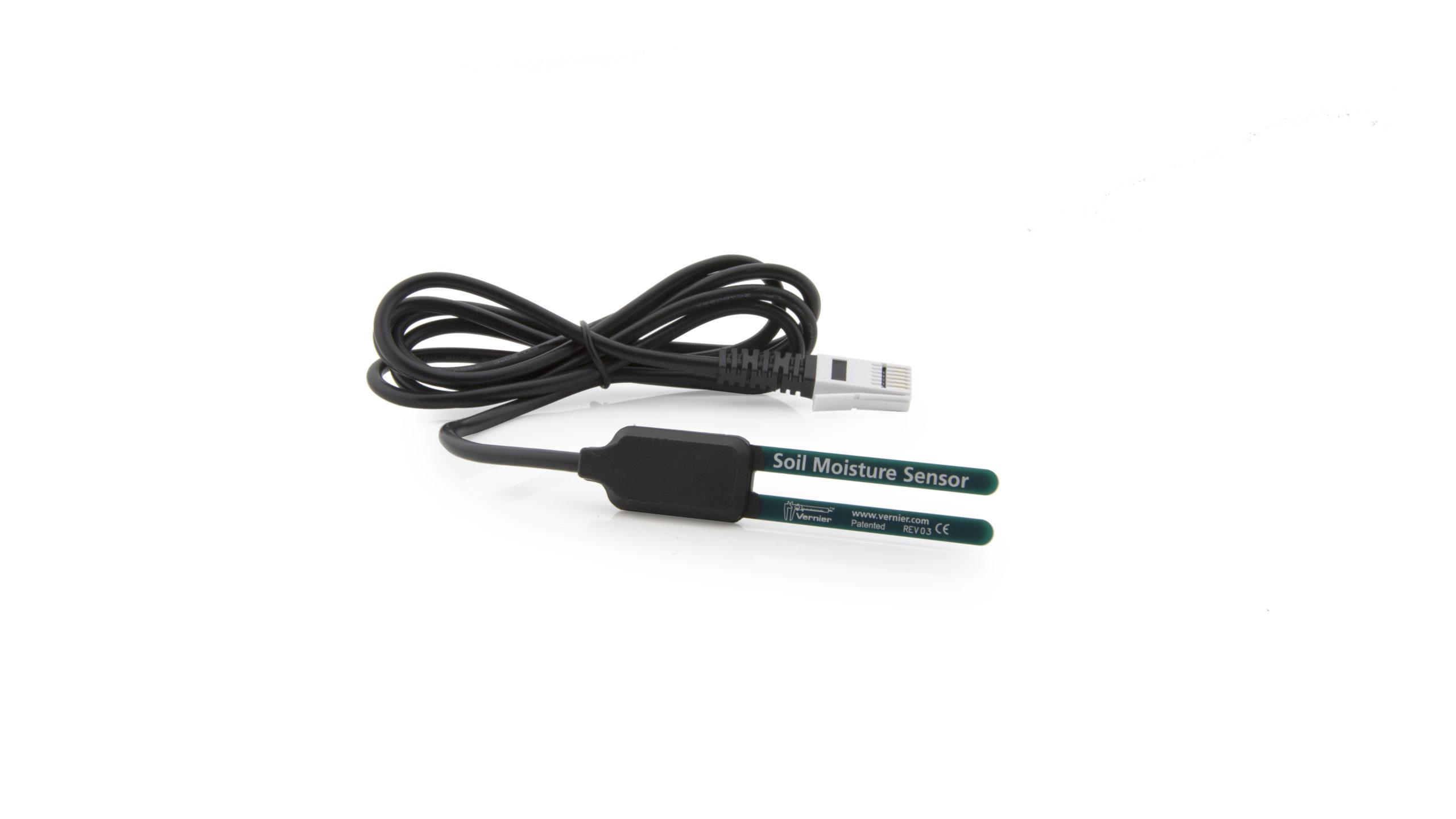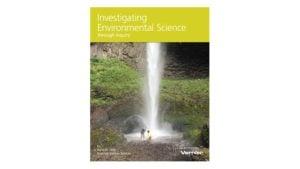Managing Garden Soil Moisture
Experiment #13 from Investigating Environmental Science through Inquiry
- Subject
- Environmental Science

Introduction
Compost, aerobically decomposed remnants of organic materials, is commonly mixed into soil to improve soil fertility and water holding capacity. Grass clippings, leaves, sawdust, kitchen refuse, wood ashes, garden refuse, and shredded newspapers are just some of the common materials that are composted.
Mulch, in contrast, is placed on the soil surface. Mulch affects soil moisture by slowing evaporation, reducing weed transpiration, and reducing runoff. Grass clippings, leaves, sawdust, wood chips, straw, shredded newspapers, and compost are common materials used a mulch. Inorganic mulches, such as plastic sheeting, rocks, and gravel are also widely used.
Commercial water absorbing polymers, such as Soil Moist®, Stockosorb®, and Terra-Sorb®, are water management tools that purportedly reduce evaporation, water runoff, and soil erosion when mixed into soil.
Objectives
In the Preliminary Activity, you will gain experience using a Soil Moisture Sensor and learn soil moisture measuring technique as you determine the soil moisture of a soil sample.
After completing the Preliminary Activity, you will first use reference sources to find out more about soil and managing soil moisture before you choose and investigate a researchable question dealing with the management of soil moisture.
Sensors and Equipment
This experiment features the following sensors and equipment. Additional equipment may be required.
Correlations
Teaching to an educational standard? This experiment supports the standards below.
- International Baccalaureate (IB)/Environmental Systems and Societies
- 5.3 Soil degradation and conservation
Ready to Experiment?
Ask an Expert
Get answers to your questions about how to teach this experiment with our support team.
- Call toll-free: 888-837-6437
- Chat with Us
- Email support@vernier.com
Purchase the Lab Book
This experiment is #13 of Investigating Environmental Science through Inquiry. The experiment in the book includes student instructions as well as instructor information for set up, helpful hints, and sample graphs and data.


